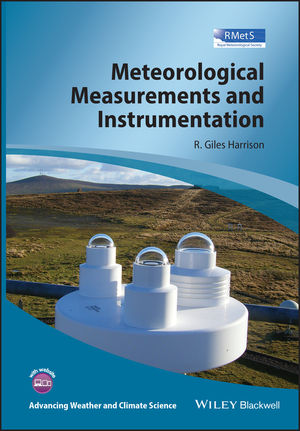
In between each, allow students time to discuss the question in their small groups and then report back to the whole class.1 The Sounding Instruments on Second Generation of Chinese Meteorological Satellite FY-3 DONG Chaohua ZHANG Wenjian National Satellite Meteorological Center China Meteorological Administration Beijing, P. Have a whole-class discussion about the questions below.

Have students make connections to weather on other planets.Īfter a couple of rounds of play, refocus students. (Instrument 1: thermometer Instrument 2: barometer Instrument 3: anemometer Instrument 4: rain/snow gauge Instrument 5: sling psychrometer Instrument 6: wind vane Instrument 7: weather satellite Instrument 8: observations Instrument 9: visibility)ĥ. After all groups are done, have a whole-class discussion to check groups’ answers. Then the student to the left reads the clues on the back of another card, and play continues around the circle until all illustrated cards have a matching description. The student who thinks they see the matching illustration will give it to the starting student and explain why they think it is a match. The starting student will read the clues on the back of a card. Have each group choose one student to start the activity. Ask students to look at all of the illustrations of instruments that measure weather. Have each group mix or shuffle each set of cards and then arrange the cards so they can see all of both sets.
Conclusion of meteorological instruments and their uses full#
Make sure each group has a full set of 9 description cards and a full set of 9 illustration cards. Have small groups match illustrations and descriptions. Have the group cut apart the cards to create a deck for their group.Ĥ. Distribute one copy of the worksheet Instruments That Measure Weather to each group. Have small groups create decks of cards.ĭivide students into small groups. Elicit from students that the instrument measures air pressure.ģ. Point out that it looks like a thermometer, but it moves up when the air is lighter and down when it is heavier. Elicit from students that the instrument measures hot and cold temperatures.

Heat makes the mercury expand and it rises up the tube. Point out that the long, thin tube is filled with mercury. Elicit from students that the instrument measures rain or snow. Point out that the tall cylinder is left out in the weather and fills with snow or water. Display the photo of a snow/ rain gauge.Elicit from students that the instrument measures wind. When the air moves a lot, the cups spin the x around quickly.

At the tips of the x are little cups that catch moving air. Point out that it is a stick with a rotating x on the top. Have students raise their hands to tell what “weather ingredient” the instrument measures. Describe what each instrument is and how it works, without stating what it measures. Cover the names of the instruments and the captions with a piece of blank paper. Discuss the photo gallery of instruments that measure weather.ĭisplay the photo gallery Instruments That Measure Weather. They even use their eyes as important instruments for measuring visibility and making observations.Ģ.

Explain to students that there are many more tools scientists use to measure weather. Activate prior knowledge about instruments used to measure weather.Īsk: What instruments do you or your family members use to measure weather? What instruments do scientists use to measure weather? Students will likely be able to name a thermometer, but they may not be able to name any other instruments that measure weather.


 0 kommentar(er)
0 kommentar(er)
